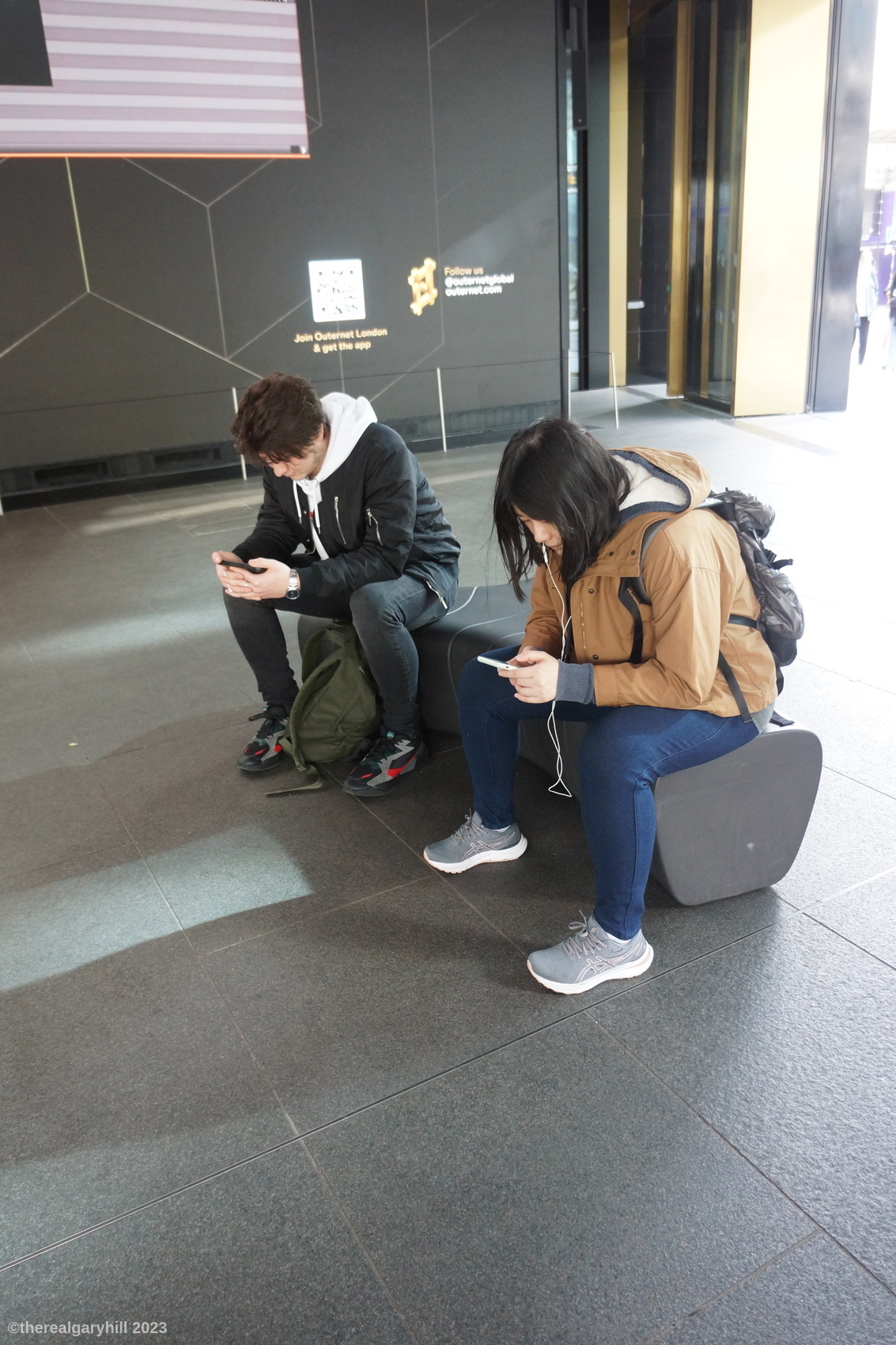
Conformity's in fashion...
#smartphones
#backpacks
#skinnyJeans
#trainers
#hoodies
#Photo
#Photography
#Photographer
#MyWork
13 Likes
2 Comments

Conformity's in fashion...
#smartphones
#backpacks
#skinnyJeans
#trainers
#hoodies
#Photo
#Photography
#Photographer
#MyWork
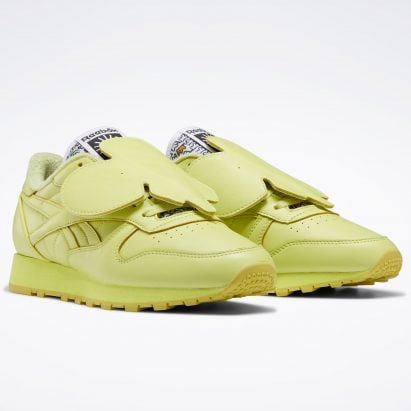
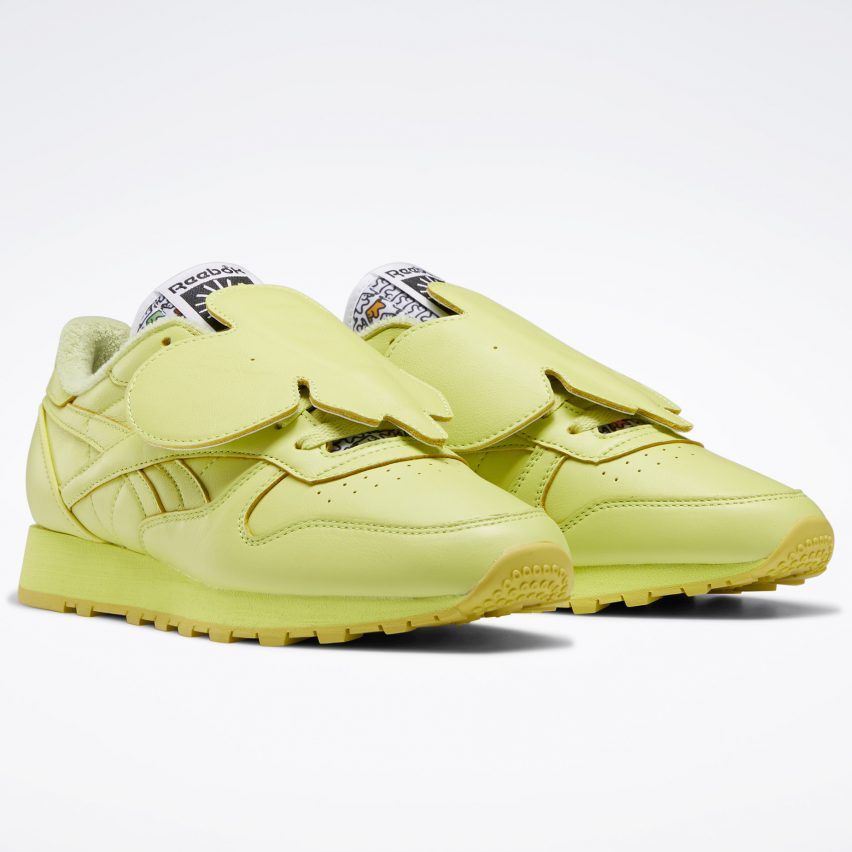
Sportswear brand Reebok has collaborated with Eames Office to release a collection of trainers that reimagines furniture and toys designed by Charles and Ray Eames.
Named Eames Office x Reebok Classic Leather, the collection reimagines three classic designs items created by the Eameses – the Eames Elephant, rosewood material and Eames Coloring Toy – as trainers. It is the second collaboration between Reebok and Eames Office that aims to celebrate the legacy of the celebrated 20th-century designers.
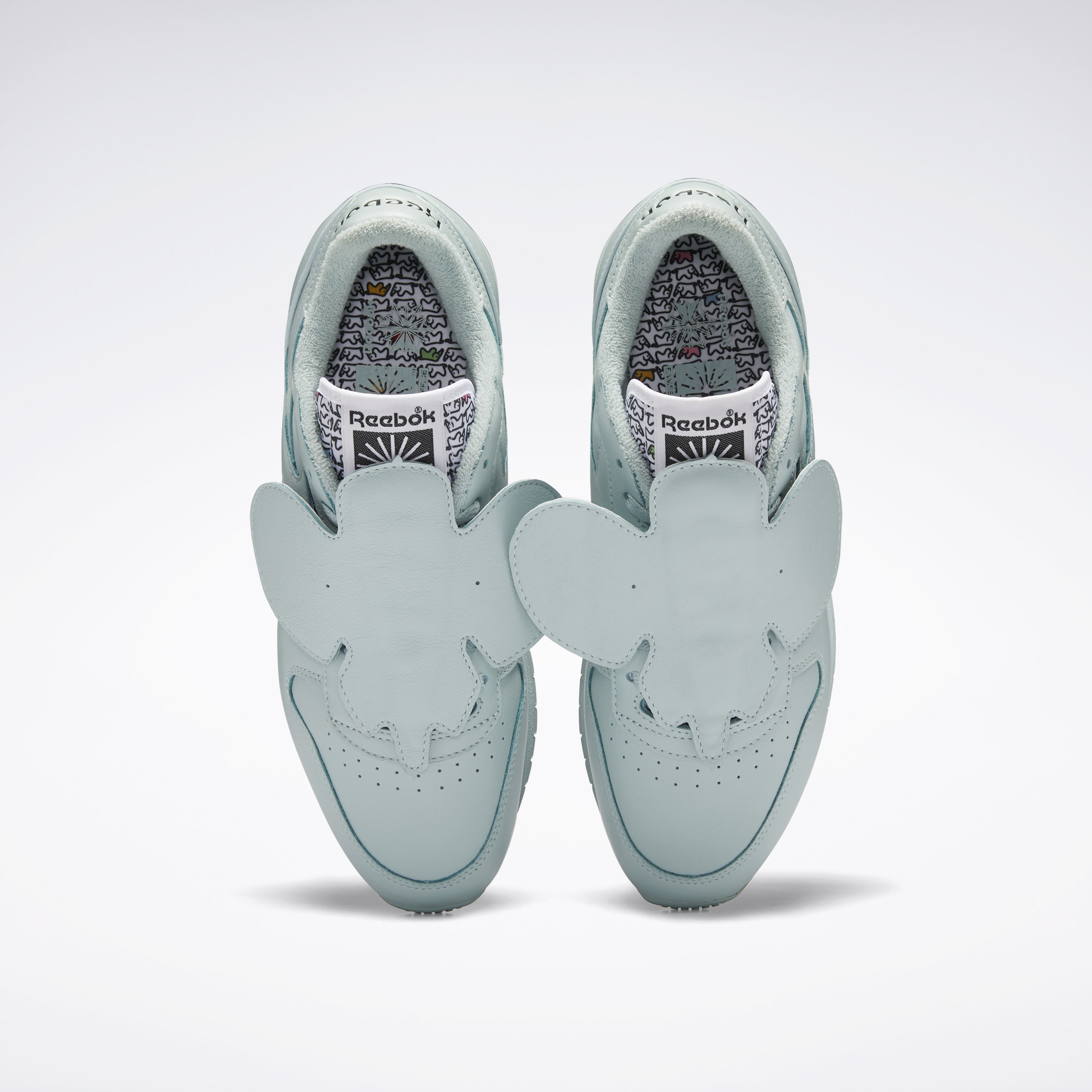 Reebok has turned the Eames Elephant into a trainer
Reebok has turned the Eames Elephant into a trainer
"The Eames x Reebok partnership aims to preserve and spotlight the Eameses, educating both old and new about their history and legacy," said Reebok footwear designer Nathan Chang.
"With our previous collection, we highlighted Charles and Ray themselves — for this second season we wanted to speak to Charles and Ray Eames’ work in furniture design."
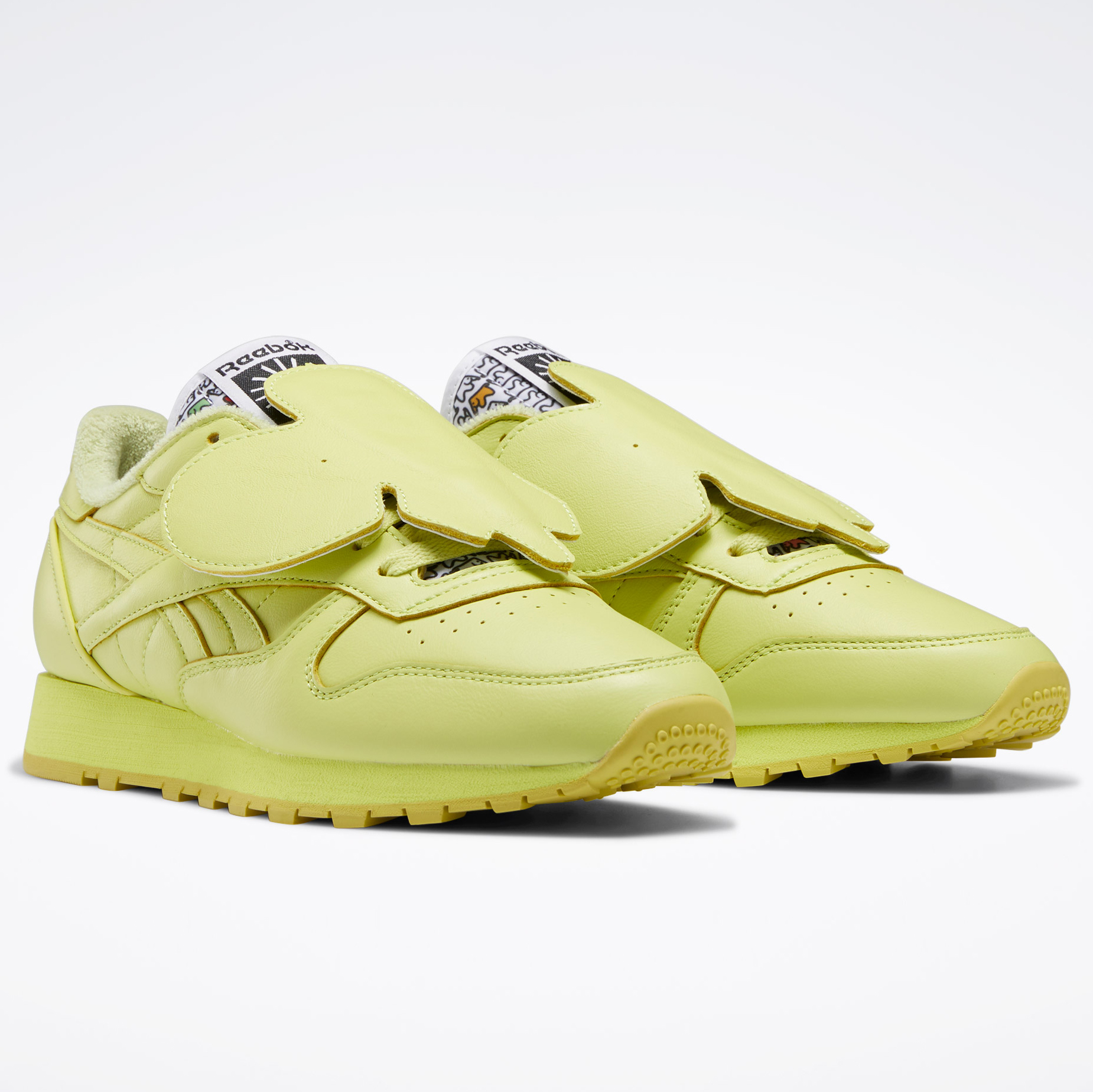 It has a removable elephant head
It has a removable elephant head
Each of the trainers takes the Reebok Classic Leather as a base and incorporates elements from one of the Eameses' original designers.
The Classic Leather Elephant trainer was informed by the Eames Elephant children's toy, which was developed by the designers in the 1940s.
[ 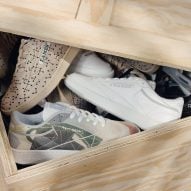
](https://www.dezeen.com/2021/10/05/reebok-x-eames-club-c-trainers/)
The distinctive shape of the toy has been added to the trainer as a removable elephant face that covers the laces.
The trainers have been made in bright lime and red colours, as well as a more traditional Elephant grey.
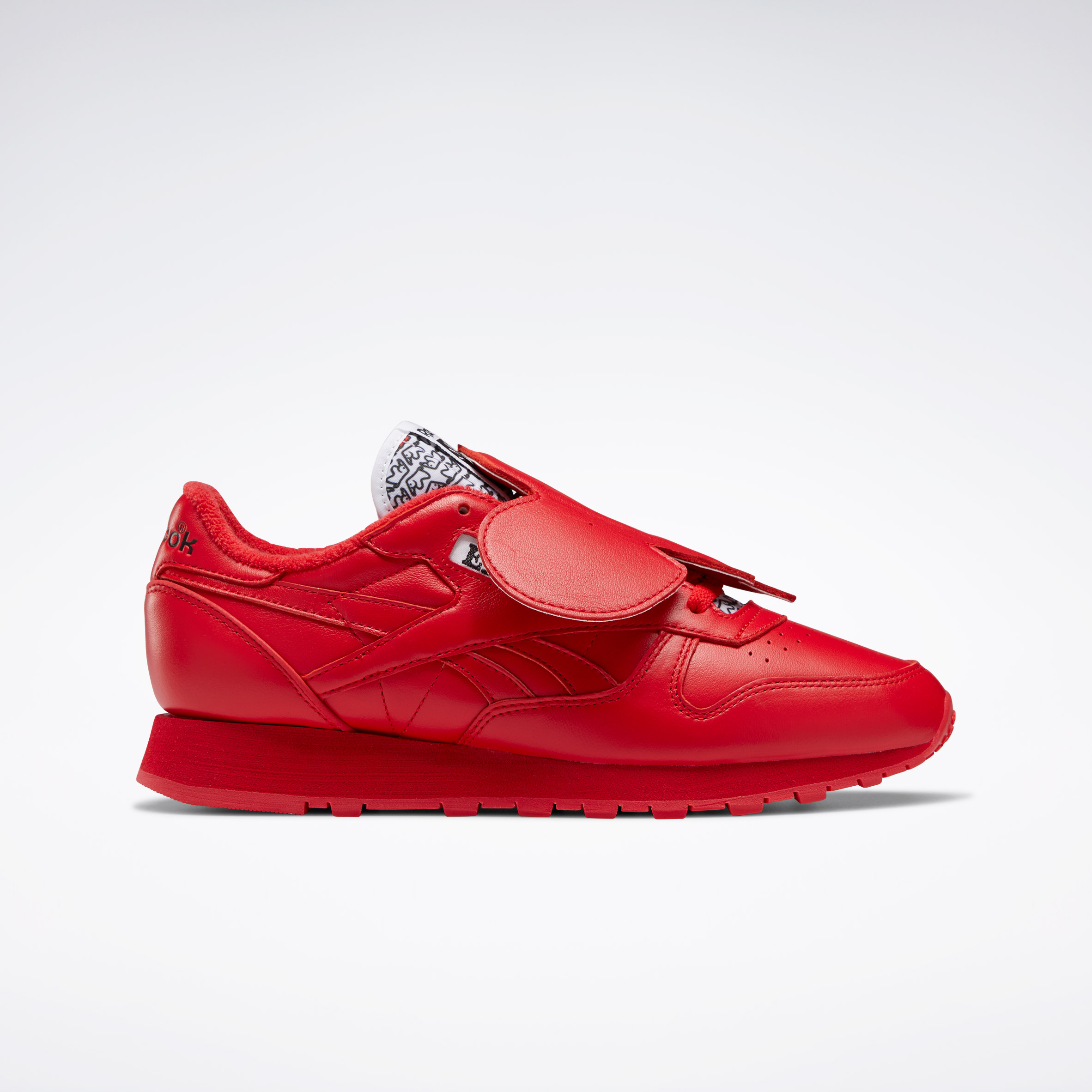 The design is based on a Reebok Classic Leather trainer
The design is based on a Reebok Classic Leather trainer
"We had actually started with a full range down to infant sizing, intended to mirror the way the Elephant functions as both a children's toy and display sculpture," added Chang.
"Within our collection, the Elephants stand as the brightest design and speak to the Eameses' playful nature."
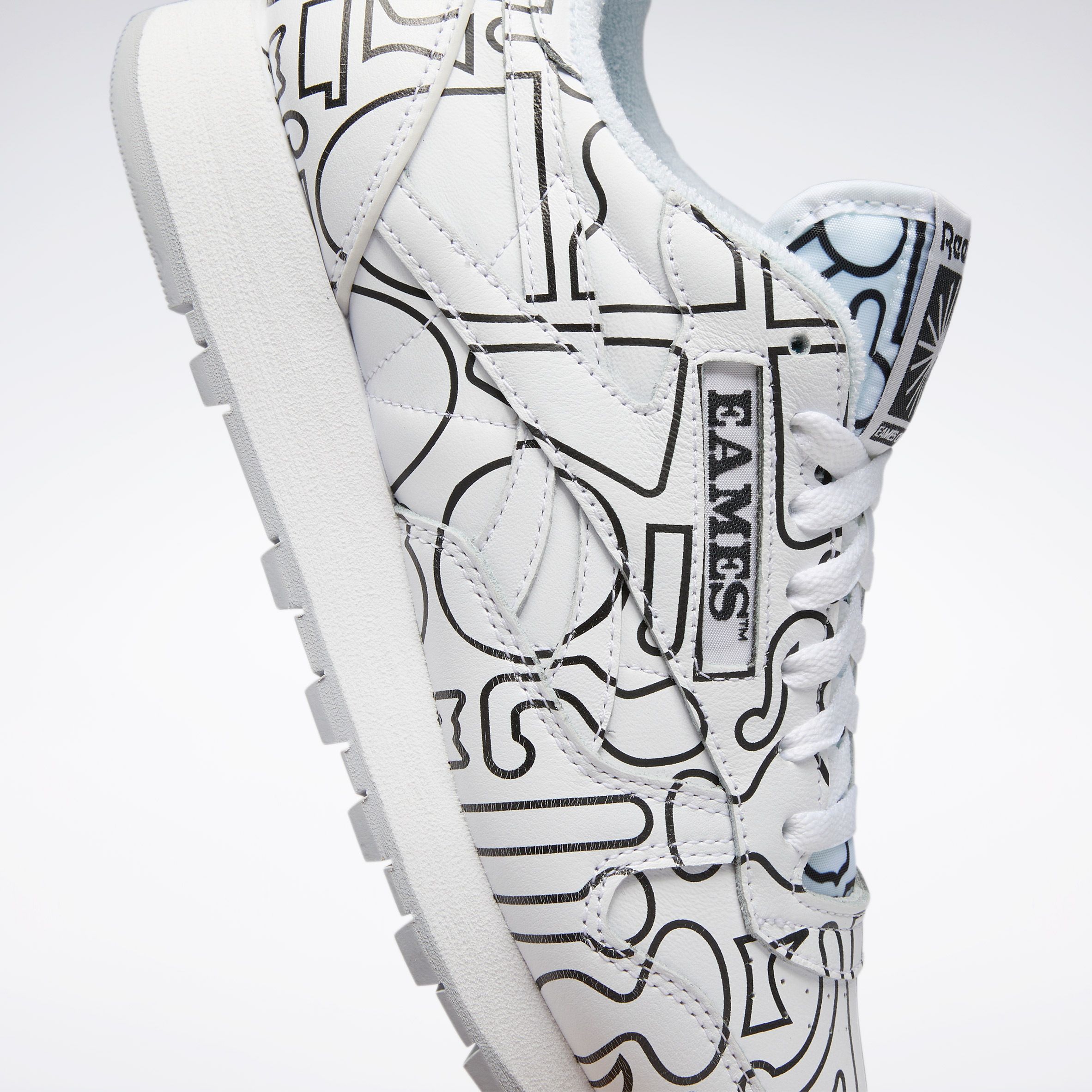 Classic Leather The Coloring Toy is based on a toy designed by the Eameses
Classic Leather The Coloring Toy is based on a toy designed by the Eameses
The other two trainers in the collection take their decoration from the Eames Coloring Toy and the rosewood material that was often used by the Eameses for furniture.
The Classic Leather The Coloring Toy is covered in geometric outlines, which people can colour in to create their own unique shoes. Its insole features the original Eames Coloring Toy logo.
For the Classic Leather Rosewood, Reebok mimicked the woodgrain appearance of rosewood, which forms part of several chairs and ottomans designed by the couple.
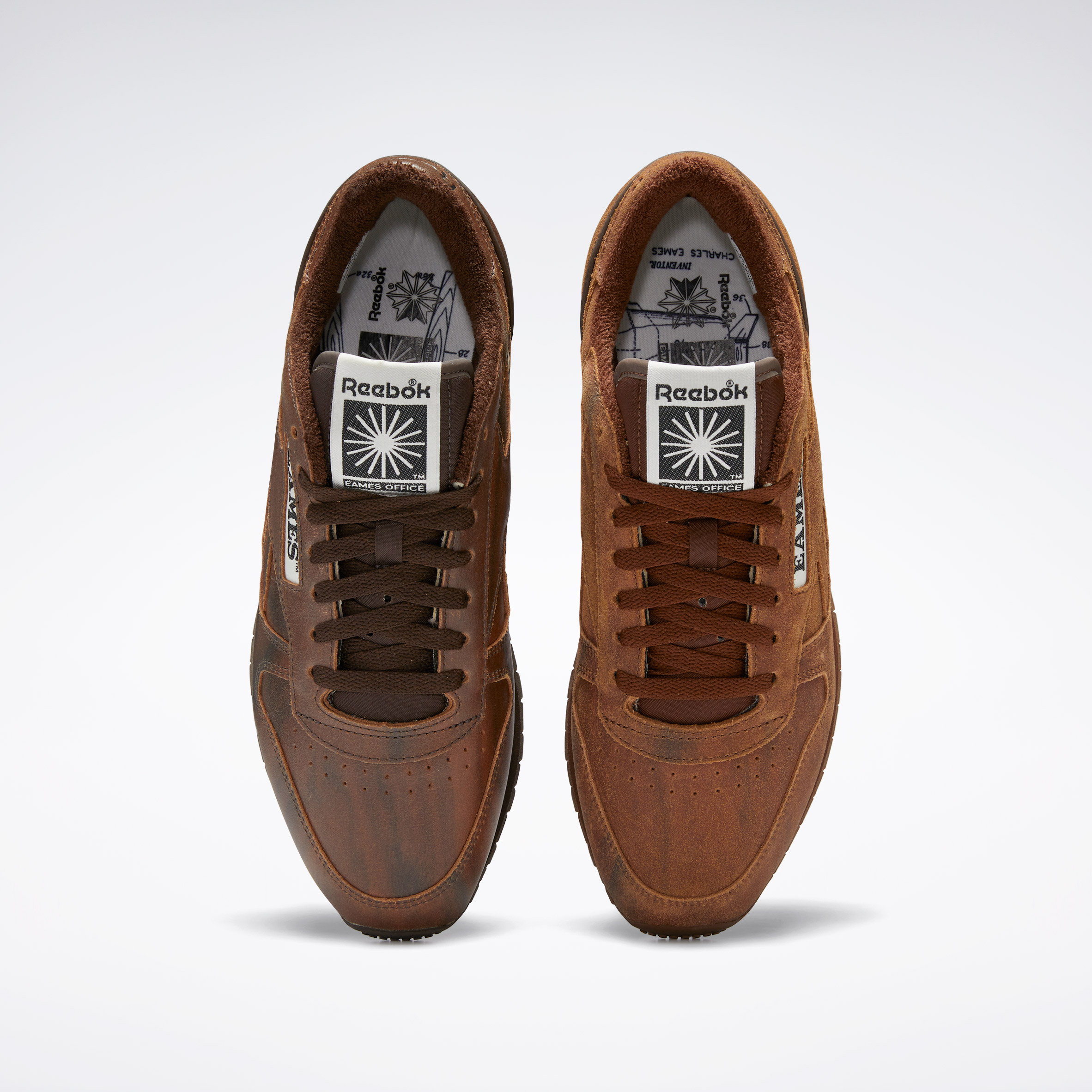 The Classic Leather Rosewood mimics the pattern of rosewood
The Classic Leather Rosewood mimics the pattern of rosewood
With the collection, Reebok was aiming to balance wearability with collectibility.
"When it comes to footwear, you're trying to play in a range between a wearable piece for everyday and a display piece for collectors.
"The Eameses also played within this balance, from efficient systems like their Tandem Sling seating to playful toys like the Elephant. This season we've leaned into more expressive colors and materials that contrast the essentials from last season."
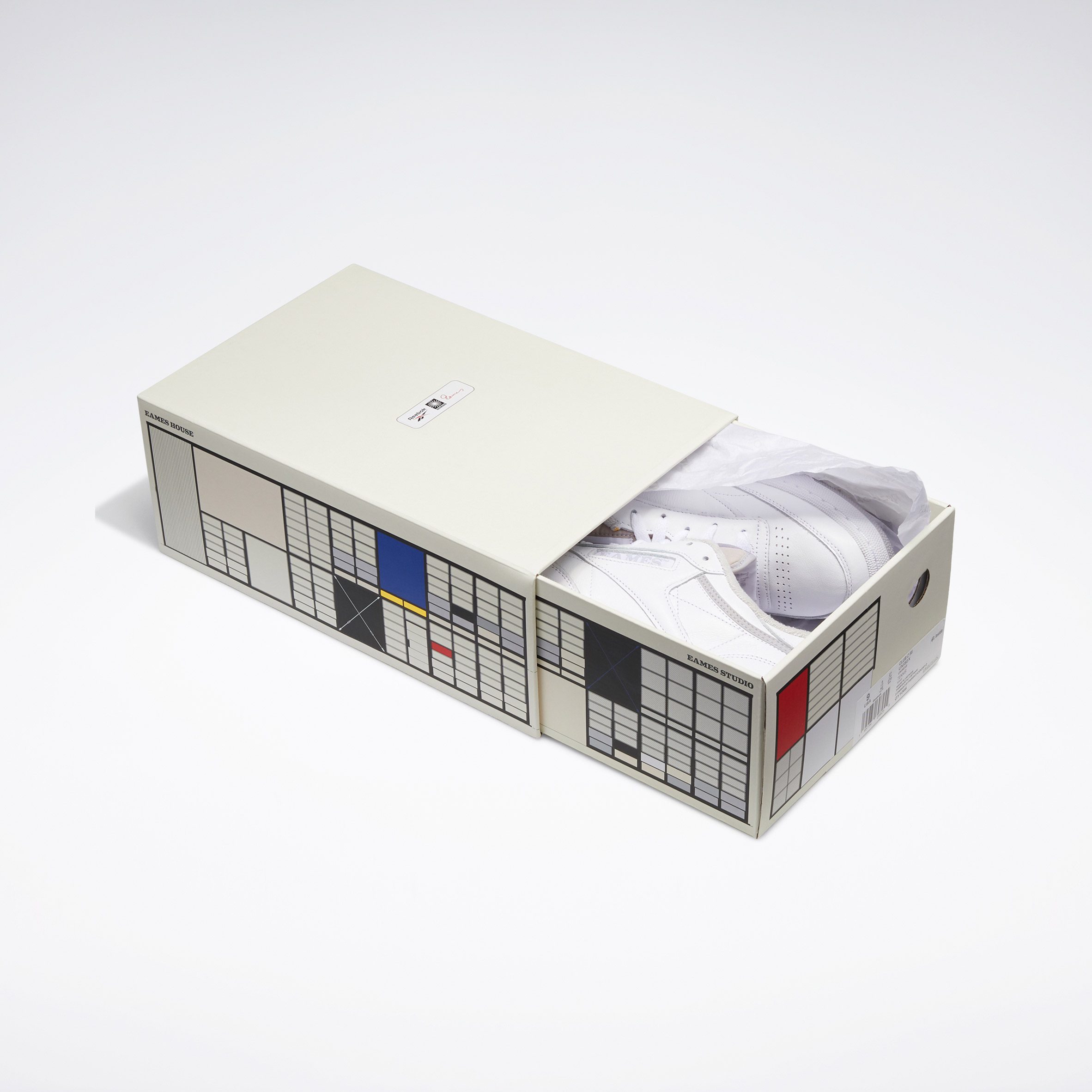 The shoebox is informed by the Eames house
The shoebox is informed by the Eames house
As with the previous collection, all of the shoes will be packaged in a shoebox informed Eames house — also known as Case Study House No. 8 in Los Angeles.
The work of Charles and Ray Eames, who are considered to be two of the most influential designers of the 20th century, was recently highlighted in an exhibition to mark the 80th anniversary of Eames Office being established. Their grandson, Eames Demetrios, shared his highlights from the show with Dezeen.
The post Reebok recreates Eames Elephant as trainer appeared first on Dezeen.
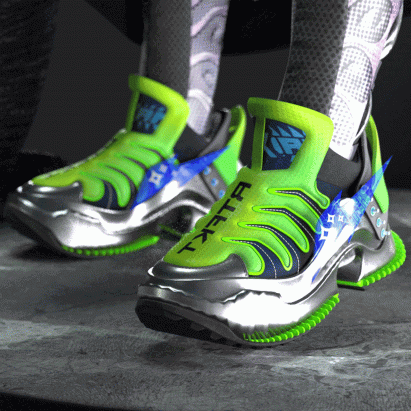
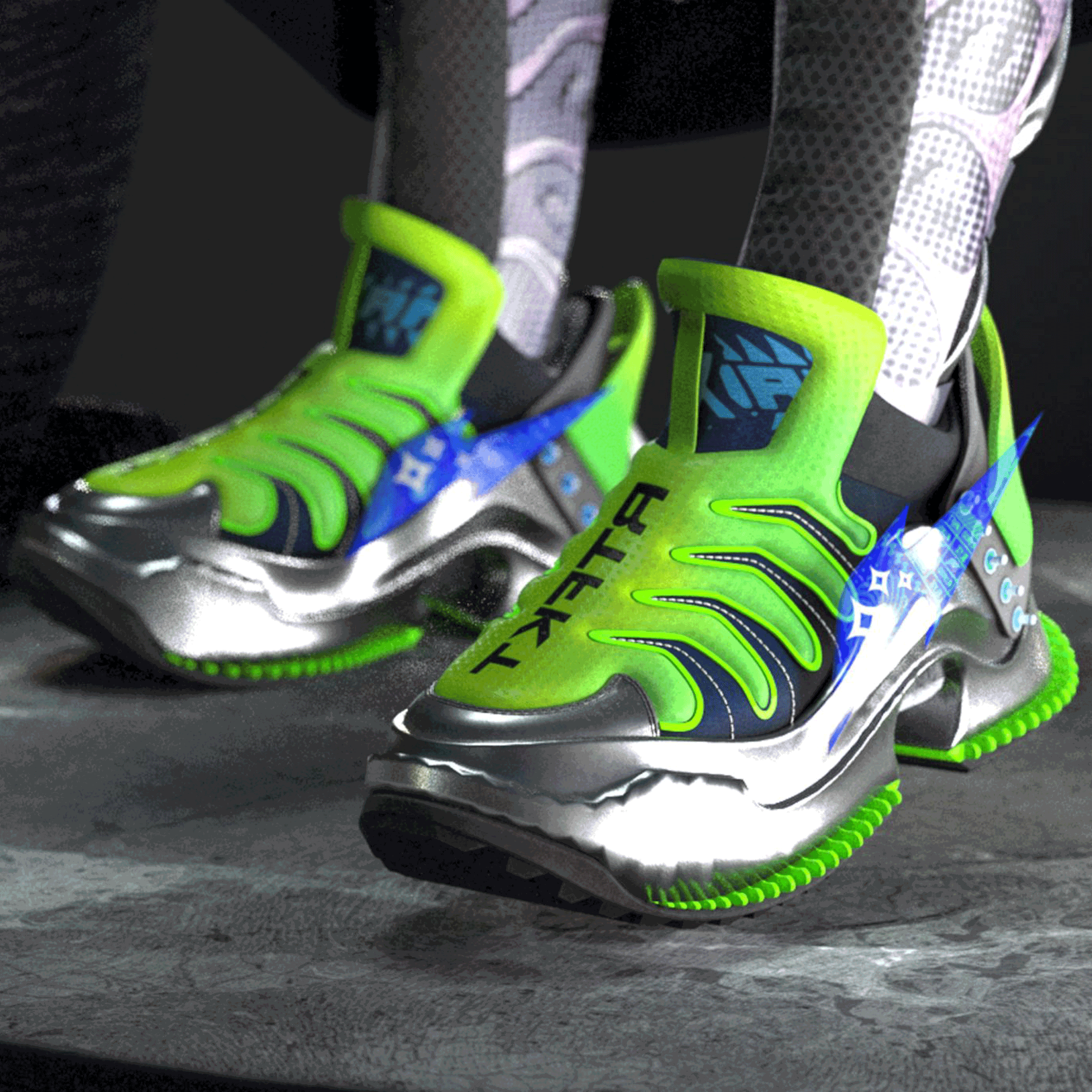
Sportswear brand Nike has announced its acquisition of RTFKT, a digital design studio producing trainers and other collectibles that can be worn across different online environments.
Buying RTFKT could help Nike ramp up its own production of virtual wearables without having to rely on outside help. RTFKT's products include neon-coloured platforms that it created with The Fabricant.
At the same time, Nike is hoping to provide the start-up with the funding to further explore the possibilities presented by the metaverse, the emerging digital universe where people can experience a parallel life to their real-world existence.
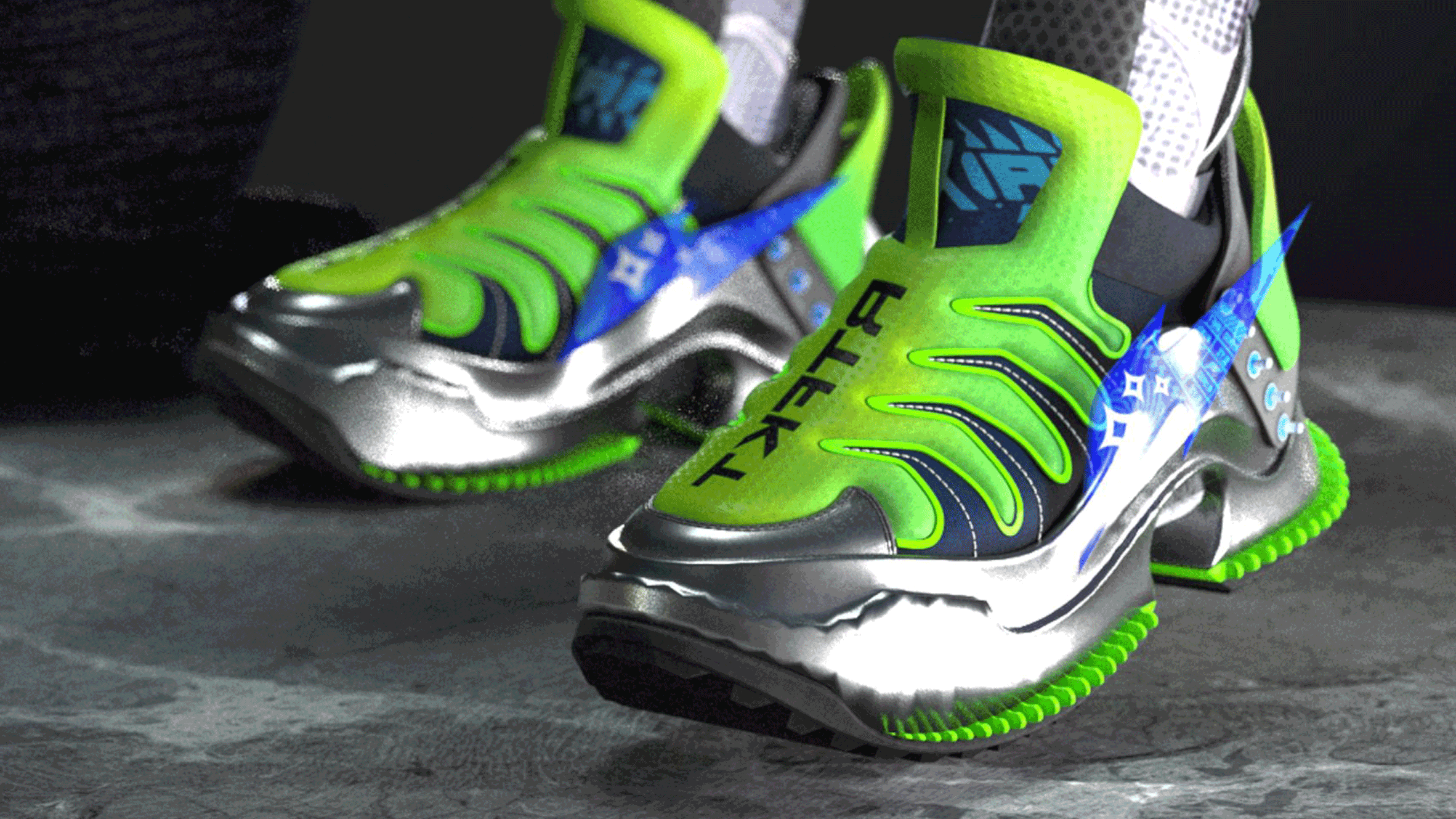 Top image: RTFKT joins Jordan and Converse in Nike's stable of brands. Above: virtual trainers created with The Fabricant
Top image: RTFKT joins Jordan and Converse in Nike's stable of brands. Above: virtual trainers created with The Fabricant
"This acquisition is another step that accelerates Nike's digital transformation and allows us to serve athletes and creators at the intersection of sport, creativity, gaming and culture," said Nike CEO and president John Donahoe.
"Our plan is to invest in the RTFKT brand, serve and grow their innovative and creative community and extend Nike's digital footprint and capabilities."
The companies did not disclose the terms of the deal.
RTFKT, which was founded by Benoit Pagotto, Chris Le and Steven Vasilev in January 2020, creates "metaverse-ready sneakers and collectibles" with the aim of bringing the scarcity culture of streetwear and limited-edition drops to the digital world.
View this post on Instagram
The Fabricant x RTFKT trainer was sold as an NFT
"Since we started, we always looked up to Nike, with the goal to create the Nike born on the metaverse," Pagotto tweeted.
So far, the company has released a virtual sneaker in collaboration with crypto artist FEWOCiOUS that sold out in just under seven minutes, as well as working with artist Takashi Murakami to create a series of rare avatars that can be used across games and augmented reality applications.
[ 
](https://www.dezeen.com/2020/10/23/virtual-fashion-amber-jae-slooten-the-fabricant/)
Unlike the virtual trainers released by Gucci and Buffalo London earlier this year, which are not truly owned by the buyer as they cannot be sold on, each RTFKT product is backed by a non-fungible token (NFTs).
This blockchain-based certificate of ownership is linked to a digital asset to verify its authenticity and chain of custody, meaning that it can be collected, traded and sold on for profit, much like a real trainer.
View this post on Instagram
RTFKT has created avatars in collaboration with Takashi Murakami
At only two years old, RTFKT is the youngest brand in Nike's roster, which otherwise includes only other legacy footwear brands such as Converse and Jordan.
The news comes after Nike trademarked the use of its logos and slogans for digital wearables last month and launched its own virtual Nikeland world within the online game Roblox, where players could buy branded products for their avatars.
A slew of other fashion brands has begun investing in the metaverse including Louis Vuitton and Balenciaga, both of which have released video games to supplement their real-life catwalk shows.
The post Nike gets "metaverse-ready" with acquisition of virtual sneaker company RTFKT appeared first on Dezeen.
#fashion #all #design #news #trainers #footwear #digitaldesign #nike #digitalfashion #businessnews #metaverse #rtfkt
RTFKT IS NOW A PART OF NIKE.
— Benit0 RTFKT 👁🗨 (@benitopagotto) December 13, 2021
Since we started, we always looked up to NIKE, with the goal to create the NIKE born on the Metaverse. 2 years later, a new chapter begins, proof that with passion, hard work and the best people, you can achieve anything. Can’t wait for 2022 🌐👁🗨 pic.twitter.com/cXPJsrd8lL
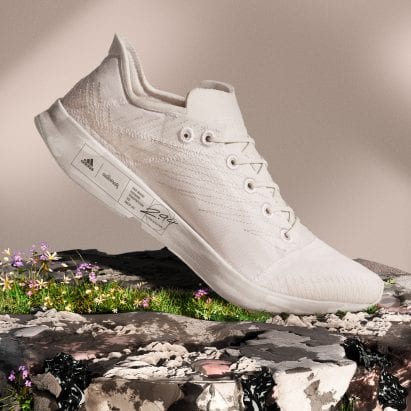
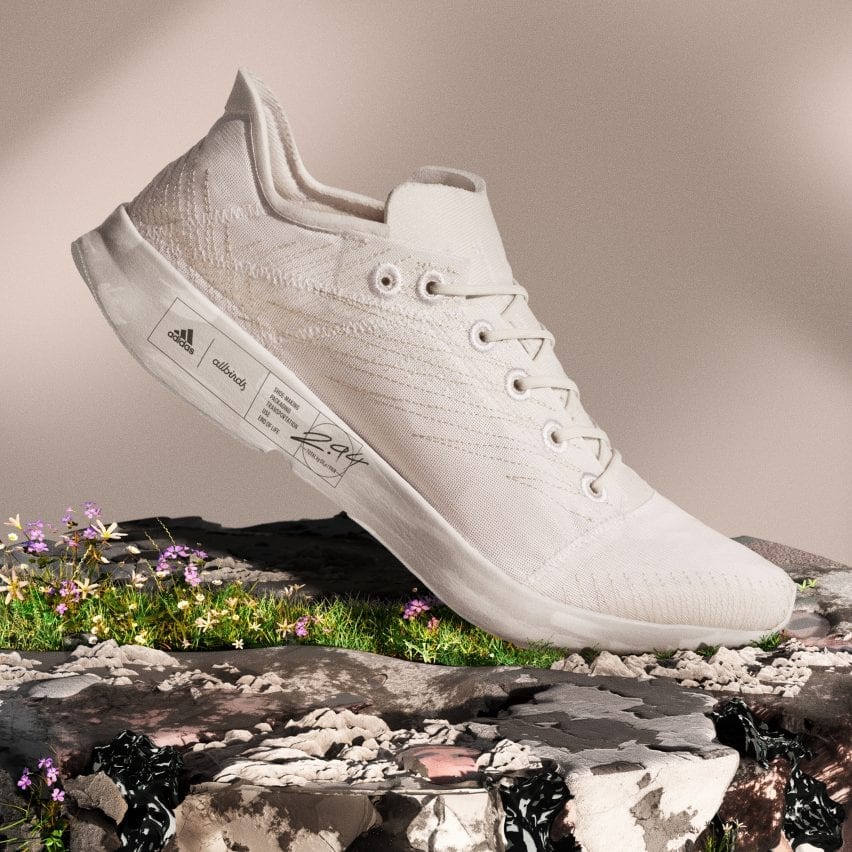
Plant-based materials need the same amount of funding as fossil materials in order to tackle carbon emissions, according to Hana Kajimura of Allbirds, which has launched a low-carbon trainer with Adidas.
"We lament how natural materials maybe don't perform as well as synthetics," said Kajimura, head of sustainability at the New Zealand footwear brand.
"But this is just because of the lack of investment and innovation in this space."
The new collaboration with Adidas, called Futurecraft.Footprint, is the latest in a series of moves by the sneaker industry to reduce the carbon footprint of its products. The two brands believe it is the lowest-carbon trainer ever made.
Last year, Belgian brand Norm managed to whittle the footprint of its unisex 1L11 shoe down to 6.5 kilograms of carbon dioxide equivalent (CO2e) by using recycled plastic while Nike's lowest-carbon trainer to date, the 2020 Space Hippie, weights in at 3.7 kilograms of CO2e.
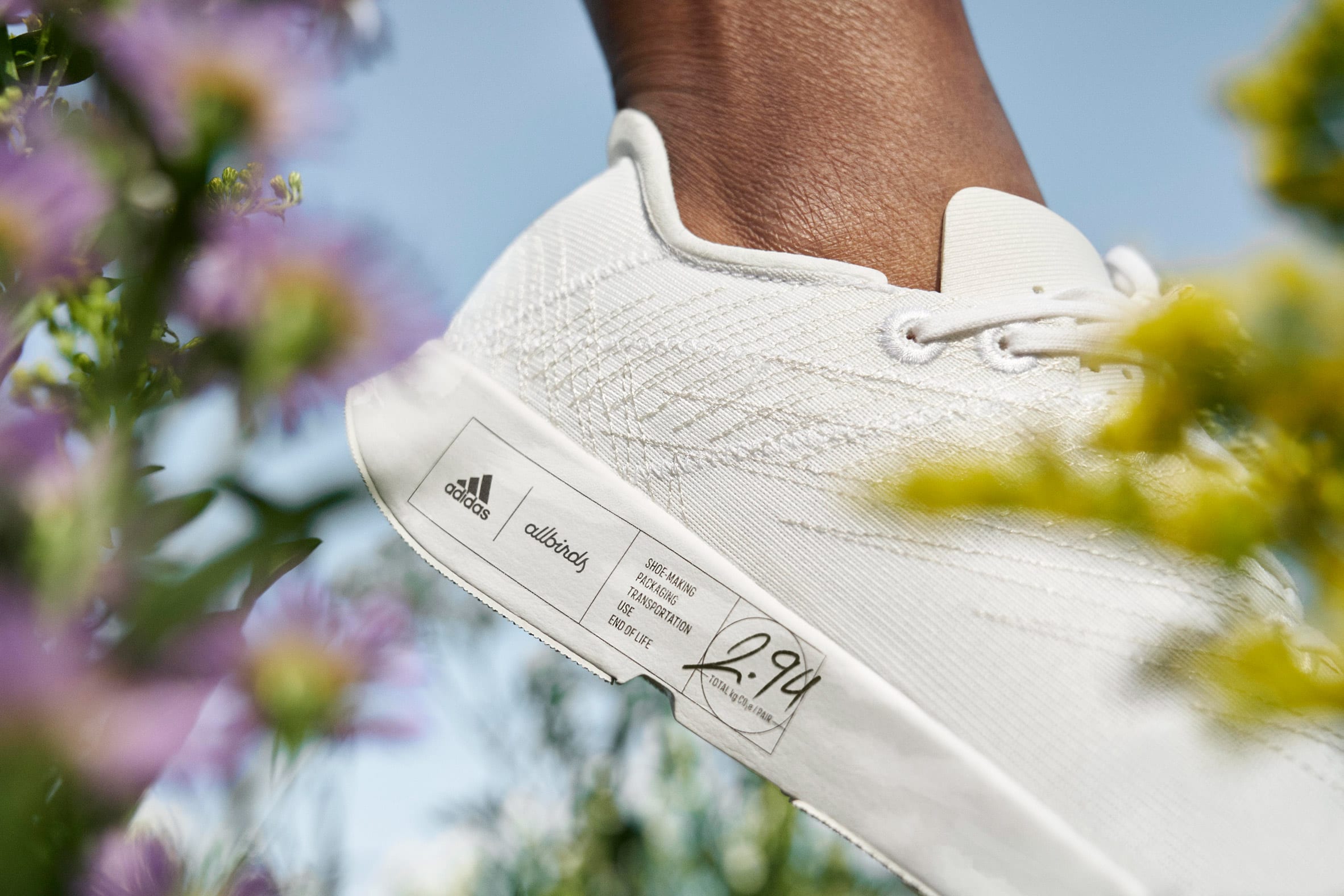 The carbon footprint of the Futurecraft.Footprint trainer (top) is labelled on its midsole (above)
The carbon footprint of the Futurecraft.Footprint trainer (top) is labelled on its midsole (above)
The new Futurecraft.Footprint pushes this even lower to 2.94 kilograms of CO2e.
By contrast, the average sneaker emits around 13.6 kilograms of CO2e throughout its life and is constructed from 65 distinct components – most of them plastics.
But to create a zero-emission trainer, Kajimura believes the industry needs to invest in developing plant-based materials that are capable of storing carbon while rivalling the performance of petroleum-based plastics.
"We've been innovating on synthetics for decades, since the 1800s when we discovered and started drilling for oil," she said.
"And we just haven't placed that same amount of investment on natural materials and really figuring out how to increase their performance."
Sneakers responsible for 1.4 per cent of all global emissions
Sneaker production is singularly responsible for 1.4 per cent of all global greenhouse gas emissions compared to the 2.5 per cent that is contributed by air travel.
To mitigate this, Adidas has committed itself to going climate neutral by 2050 in line with the targets set out in the Paris Agreement.
So far, the brand has created an endlessly recyclable trainer and one made from recycled ocean plastic but has not declared the footprint of these products.
Now, the company has teamed up with footwear brand Allbirds, which has created its own carbon footprint calculator and has been declaring the emissions associated with all of its shoes since last April.
The brand was also among the initial signatories of the B Corp Net Zero 2030 pledge, committing itself to reaching net-zero emissions 20 years ahead of the Paris targets.
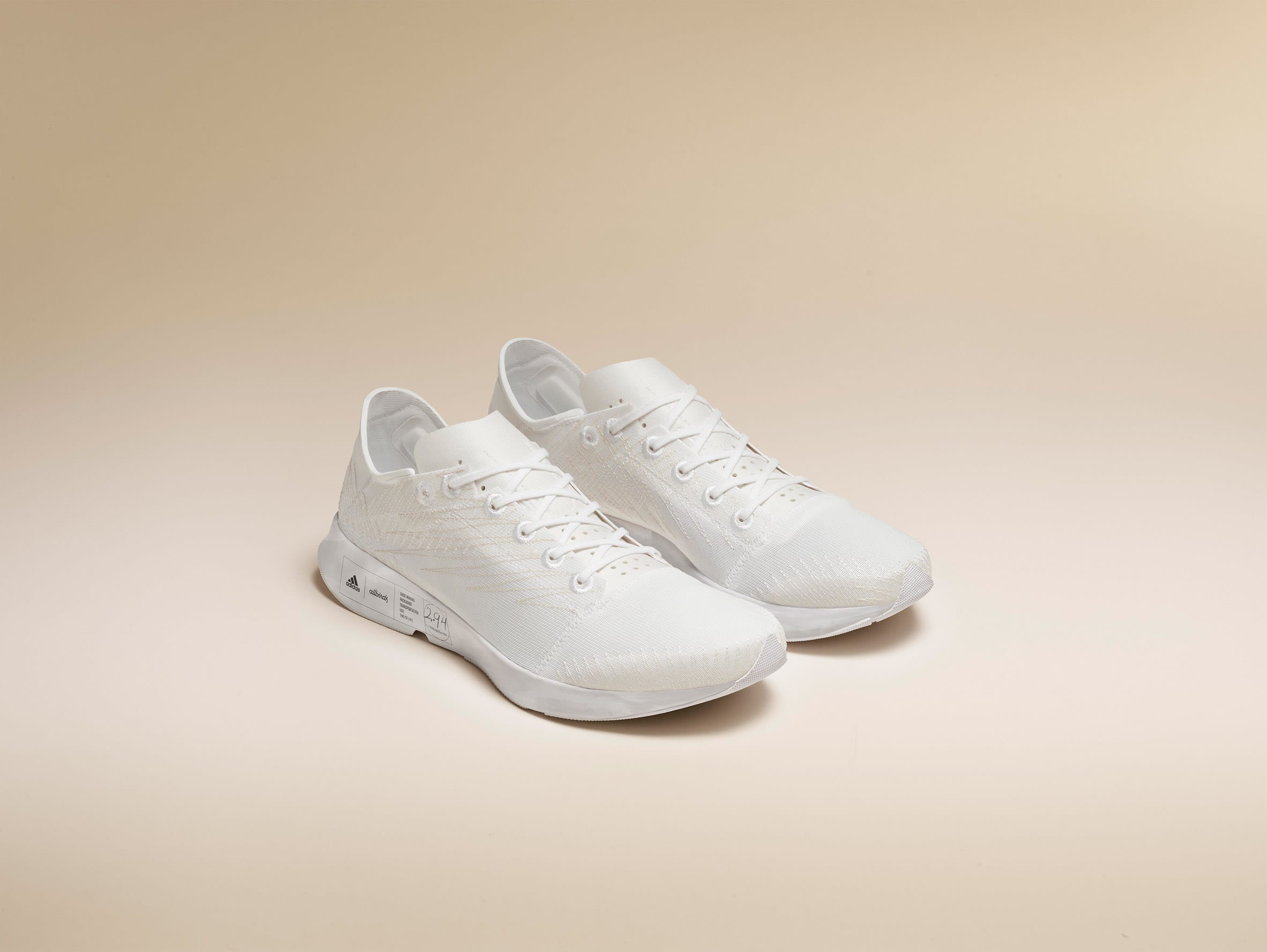 Created by Allbirds and Adidas, the trainers emit 2.94 kilograms of CO2e throughout their whole life
Created by Allbirds and Adidas, the trainers emit 2.94 kilograms of CO2e throughout their whole life
Adidas and Allbirds worked together over the course of a year to develop the Futurecraft.Footprint trainer, which will be available in limited quantities from the end of 2021.
According to the brands, the sneaker emits 63 per cent less carbon throughout its life than a comparable running shoe such as the Adizero RC3, which emits 7.86 kilograms of CO2e.
"What's really exciting about this project is that we were able to get from 7.86 to 2.94 kilograms in 12 months with stuff that's completely available today," Kajimura said.
"It basically proves that maybe we can't get to zero with what exists today but we can get the majority of the way there. And if we can do that with this one shoe, imagine what that could do for the industry."
Simplifying construction drives down footprint
According to Kajimura, simplifying the trainer as much as possible and reducing its components down to seven had the single biggest impact on its carbon footprint.
Among other things, the design cuts out the many layers of polyurethane (PU) foam that are normally used in trainers to support the runner's foot and replaces them with a strategic embroidery pattern on the shoe's upper.
The final Futurecraft.Footprint trainers weigh only 154 grams, around as much as a bar of soap.
"That really plays out across every element of the carbon footprint," she said. "It doesn't just help with the materials aspect but it means fewer transportation emissions and less energy use."
The lining, laces, embroidery and 70 per cent of the upper are made from recycled polyester and a portion of the shoe is already made from natural and plant-based materials.
Tencel, a type of cellulose fibre derived from wood pulp, was used to form the remaining part of the upper, while 10 per cent of the outsole is made from natural rubber and the midsole, sock liner and tongue consists of between 18 and 28 per cent of a sugarcane-based bioplastic called SweetFoam.
Natural materials can act as carbon sinks
But a significant part of the shoe is still made from virgin, petroleum-based plastics, such as the thermoplastic polyurethane (TPU) used to form more than 80 per cent of the midsole.
Senior Adidas designer Florence Rohart says this is currently still necessary to guarantee the performance of the running shoe.
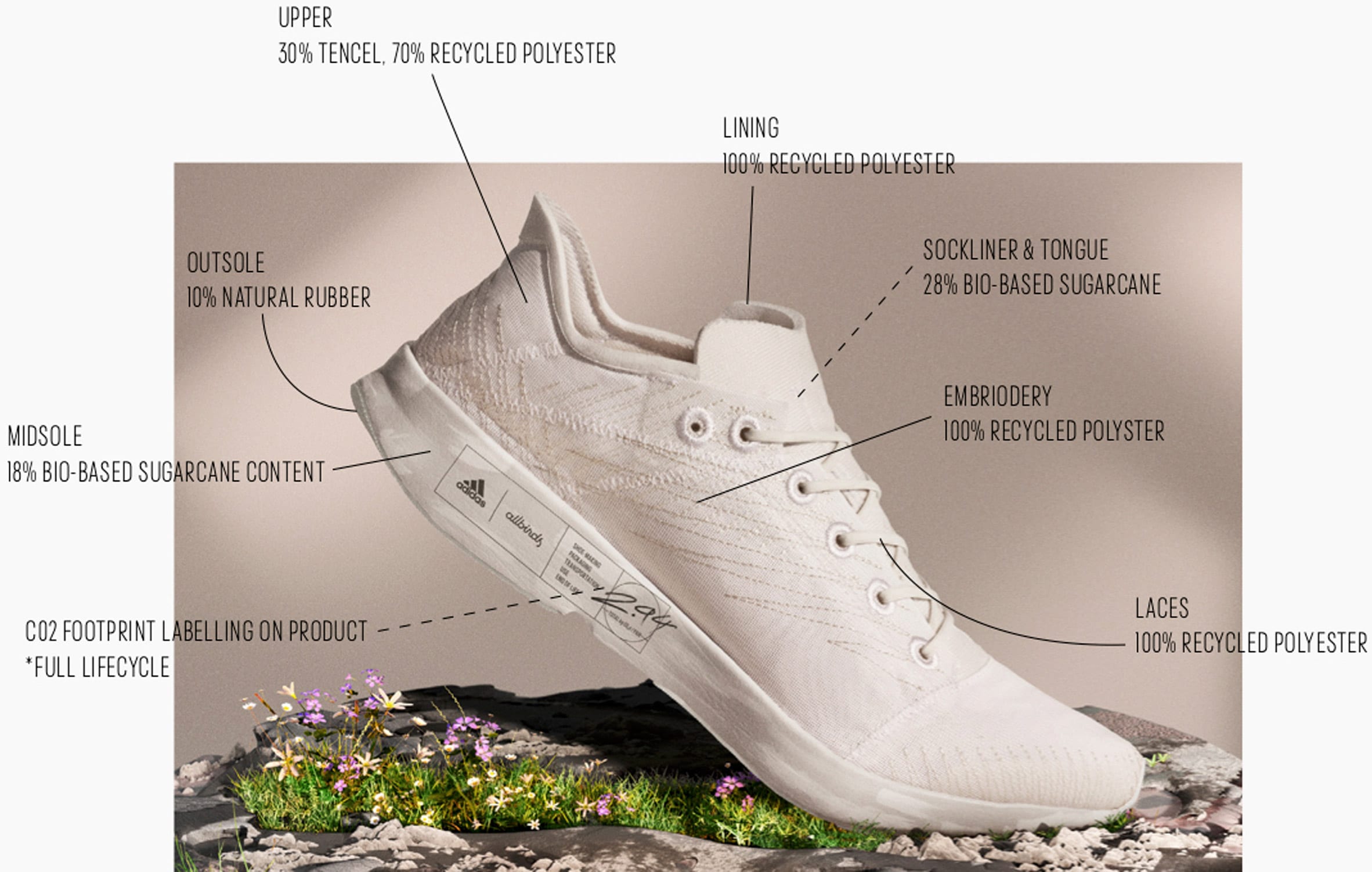 Parts of the shoe are constructed from recycled and plant-based materials
Parts of the shoe are constructed from recycled and plant-based materials
"We want to have a shoe that allows runners to perform to their highest level," she said.
"So having good durability, good responsiveness, [a structure that is] lightweight but strong enough – these are elements of designing for performance that define how low we can go."
In the future, to get all the way to zero and beyond, Kajimura says more money needs to be poured into ensuring that natural, plant-based materials can fulfil these same performance requirements.
"It really requires innovation and it requires really focused investment in natural materials," she said.
"To balance out whatever emissions are created in other parts of the shoe, the materials have to be carbon negative and act as carbon sinks."
Carbon revolution
This article is part of Dezeen'scarbon revolution series, which explores how this miracle material could be removed from the atmosphere and put to use on earth. Read all the content at: www.dezeen.com/carbon.
The sky photograph used in the carbon revolution graphic is byTaylor van Riper via Unsplash.
The post Natural materials "lack investment and focused innovation" says Allbirds sustainability head appeared first on Dezeen.
#carbonrevolution #interviews #all #design #fashion #sustainabledesign #trainers #adidas #allbirds